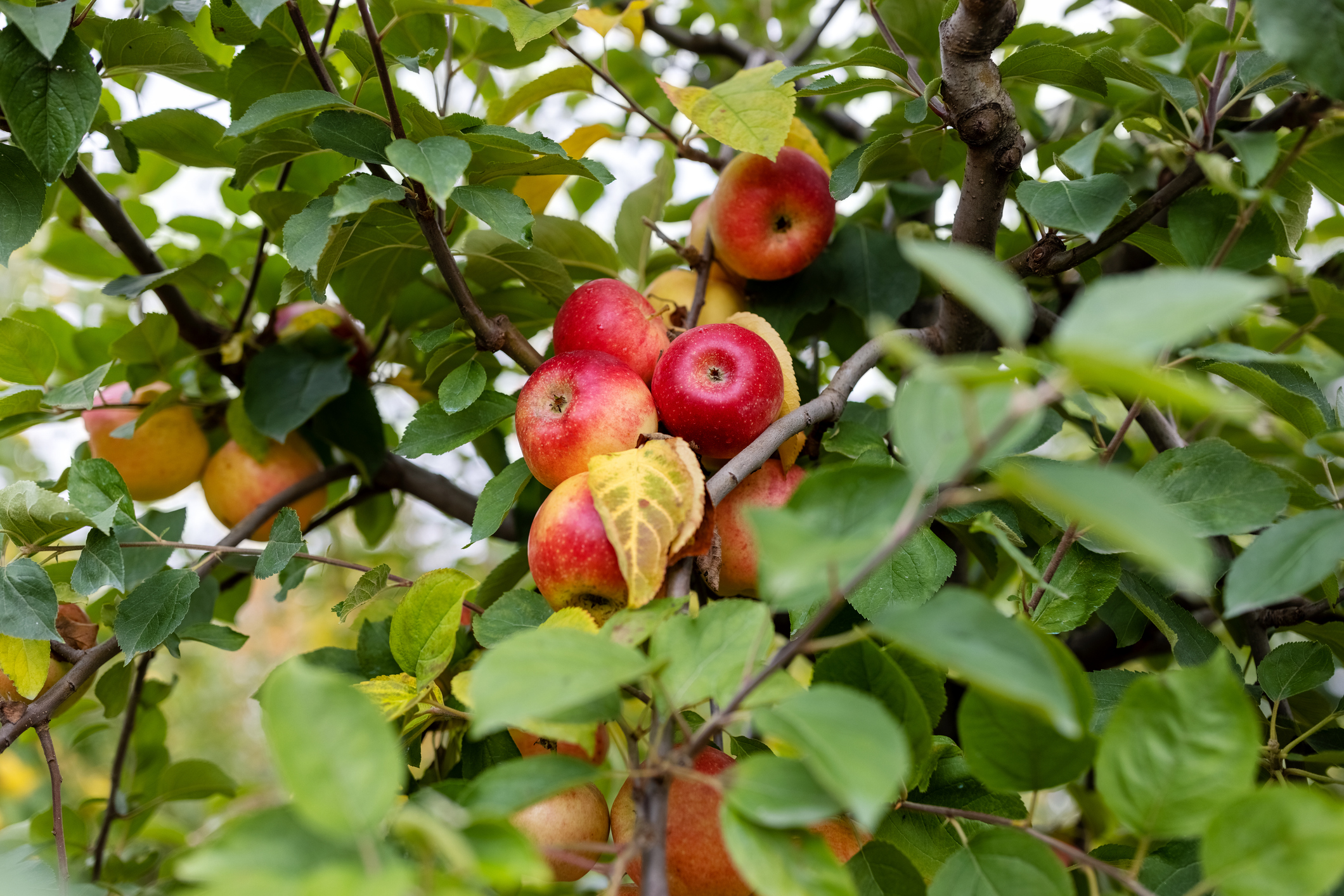Business
Planting Season Approaches: Essential Gardening Tips for Spring

As spring approaches, gardeners in warmer regions are preparing to plant a variety of vegetables and flowers. In areas where frosts are no longer a concern, seeds for runner beans and butter beans can be sown directly into the ground. For most gardeners, however, it is advisable to start these tender plants indoors before transplanting them outside. This approach also applies to sweet corn and outdoor tomatoes.
Runner beans, such as the popular **Scarlet Runner**, typically take around **90 days** to mature after germination, while dwarf or butter beans are ready for harvest in approximately **60 days**. Smaller gardens may benefit from growing butter beans, but including a few runner beans can provide vertical interest and variety. When planting runner beans, position seeds about **5 cm apart** around a trellis or bean teepee, ensuring they have room to climb. Contrary to some gardening advice, pinching the tops of runner beans to encourage bushier growth may actually decrease yield.
In addition to beans, gardeners should also consider planting cabbages, cauliflowers, lettuces, parsley, and silverbeet. It is essential to check that autumn-sown broad beans have adequate support as they continue to grow. Spinach and orach, also known as red mountain spinach, should be sown directly in their final growing positions. Orach is a low-growing, purple-leaved vegetable that can be cooked similarly to spinach.
For those looking to fill their gardens with root vegetables, now is the time to sow quick-maturing varieties such as white turnips, spring onions, and mini beetroot, like **Bonny Baby**. When planting beetroot, it is crucial to avoid soil that has traces of animal manure, as this can cause the roots to fork. Main crop beetroot can be sown next month, while main crop potatoes, including varieties like **Rua** and **Red Rascal**, can be planted now in regions with hot summers. Cooler areas should wait until next month to plant these tubers.
Flowering Shrubs and Lawn Care
Spring is also the ideal time for gardeners to prune many flowering shrubs. Pruning should take place as soon as the plants finish blooming to allow for new growth over the summer and autumn months. This new wood is where next season’s flowers will develop. For instance, clematis, which will peak in flowering next month, can be pruned back hard after its blooms fade.
Rhododendrons and azaleas can still be planted in early spring. These shallow-rooted plants thrive when their highest roots are set just **2 cm to 3 cm** below the soil surface. To retain moisture, it is advisable to mulch around their roots using materials like rotted autumn leaves or pine needles. Rhododendrons and azaleas prefer acidic soils, so lime should never be applied. Azaleas come in both evergreen and deciduous varieties, with the latter showcasing vibrant autumn foliage.
For established winter roses, or **Helleborus**, this month is suitable for dividing the plants. These prefer semi-shade and can benefit from leaf mould or well-rotted cow manure to enhance their growth. Lawn maintenance can also be performed now; bare patches should be raked to create a rough surface before scattering a grass mix, typically comprising chewings fescue and brown-top seed in a **2:1 ratio**.
Fruit Tree Care and Grafting
March is a critical month for fruit tree care, particularly for grafting apples, pears, and other fruit varieties. This method is crucial for preserving heritage fruit trees, and various courses are offered each season by specialized groups that teach the art of grafting, particularly with apples.
For those who planted raspberries over the winter, cutting them back to about **30 cm** above the ground will promote new stems for a more robust crop next year. This technique is also recommended for blackberries, tayberries, boysenberries, loganberries, and marionberries. New blackcurrant bushes should be pruned to approximately **25 cm** above the ground, while red and white currants need only last season’s growth trimmed by about half, identifiable by their lighter bark. Gooseberries should be pruned similarly to redcurrants.
With proper preparation and care, gardeners can look forward to a fruitful and vibrant growing season ahead.
-

 World2 weeks ago
World2 weeks agoPrivate Funeral Held for Dean Field and His Three Children
-

 Top Stories2 weeks ago
Top Stories2 weeks agoFuneral Planned for Field Siblings After Tragic House Fire
-

 Sports3 months ago
Sports3 months agoNetball New Zealand Stands Down Dame Noeline Taurua for Series
-

 Entertainment3 months ago
Entertainment3 months agoTributes Pour In for Lachlan Rofe, Reality Star, Dead at 47
-

 Entertainment2 months ago
Entertainment2 months agoNew ‘Maverick’ Chaser Joins Beat the Chasers Season Finale
-

 Sports3 months ago
Sports3 months agoSilver Ferns Legend Laura Langman Criticizes Team’s Attitude
-

 Sports1 month ago
Sports1 month agoEli Katoa Rushed to Hospital After Sideline Incident During Match
-

 World3 weeks ago
World3 weeks agoInvestigation Underway in Tragic Sanson House Fire Involving Family
-

 Politics2 months ago
Politics2 months agoNetball NZ Calls for Respect Amid Dame Taurua’s Standoff
-

 Top Stories2 weeks ago
Top Stories2 weeks agoShock and Grief Follow Tragic Family Deaths in New Zealand
-

 Entertainment3 months ago
Entertainment3 months agoKhloe Kardashian Embraces Innovative Stem Cell Therapy in Mexico
-

 World4 months ago
World4 months agoPolice Arrest Multiple Individuals During Funeral for Zain Taikato-Fox









